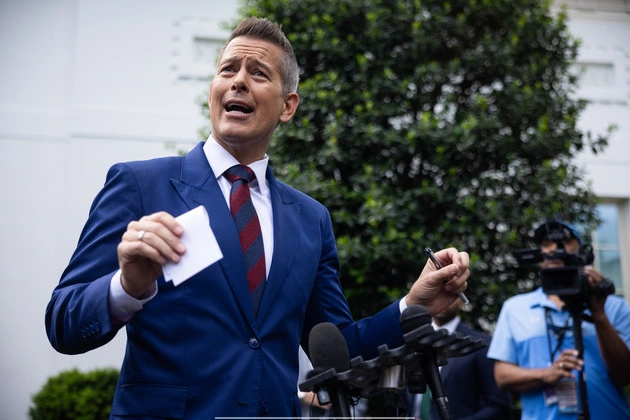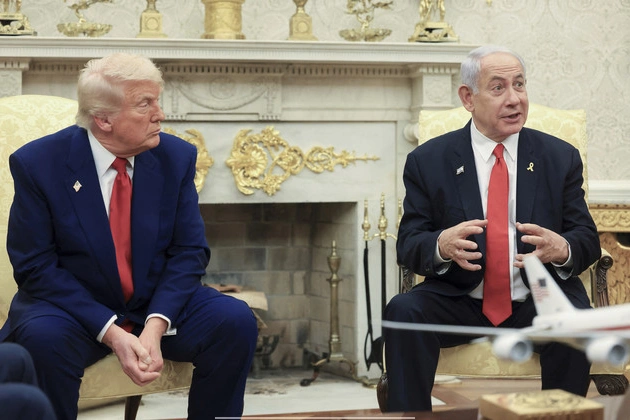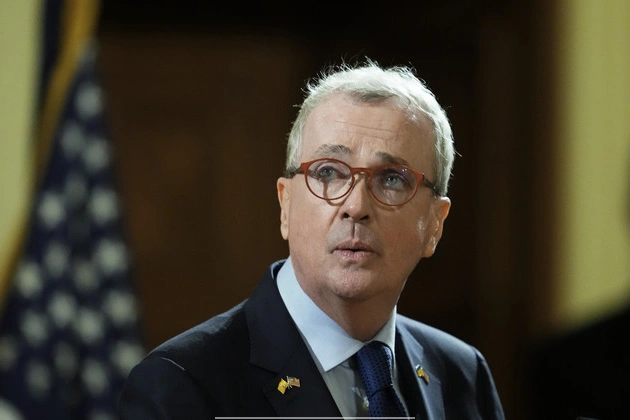
Transportation Secretary Sean Duffy is urging Congress to swiftly allocate funds for the modernization of America’s aging air traffic control systems. In a recent announcement at DOT headquarters, Duffy unveiled an ambitious plan aimed at enhancing safety and accommodating the growth of new technologies like drones and commercial spacecraft.
The Funding Challenge
Duffy emphasized the need for upfront funding to ensure the timely execution of the plan, citing past challenges associated with incremental funding allocations that impede progress.
Permitting Reforms
In addition to funding, Duffy called for permitting reforms to streamline construction regulations and expedite project implementation.
Despite the plan’s scope, specific cost details are yet to be finalized, with estimates suggesting a significant investment in the tens of billions.
Congressional Response
Congress’s response to Duffy’s funding request remains uncertain, particularly in the absence of a defined price tag. While the House Transportation Committee approved a $12.5 billion allocation as part of a larger funding bill, further discussions are expected.
House Transportation Chair Sam Graves described the approved funding as a starting point, indicating potential future financial support for the initiative.
Presidential Support
During the announcement, President Donald Trump expressed his endorsement of the initiative, emphasizing the importance of a cohesive and efficient modernization process.
The plan encompasses a comprehensive overhaul of telecommunications equipment, including the adoption of advanced technologies across multiple aviation facilities.
Key Components
The proposal entails the replacement of outdated equipment with modern alternatives, such as fiber or satellite technology, to enhance operational efficiency and safety measures.
Furthermore, the plan includes the installation of new radars and surface detection technologies at airports, addressing critical safety concerns following past incidents.
Challenges and Outlook
Despite the strategic vision outlined in the plan, challenges related to facility closures and consolidation are anticipated, given historical complexities and political considerations.
Duffy’s initiative reflects a concerted effort to address longstanding infrastructure inadequacies within the air traffic control system, aligning with broader industry sentiments for comprehensive upgrades.
Conclusion
The imperative for modernization underscores the urgency of investing in cutting-edge technologies and operational frameworks to ensure the seamless functioning of America’s aviation networks.











